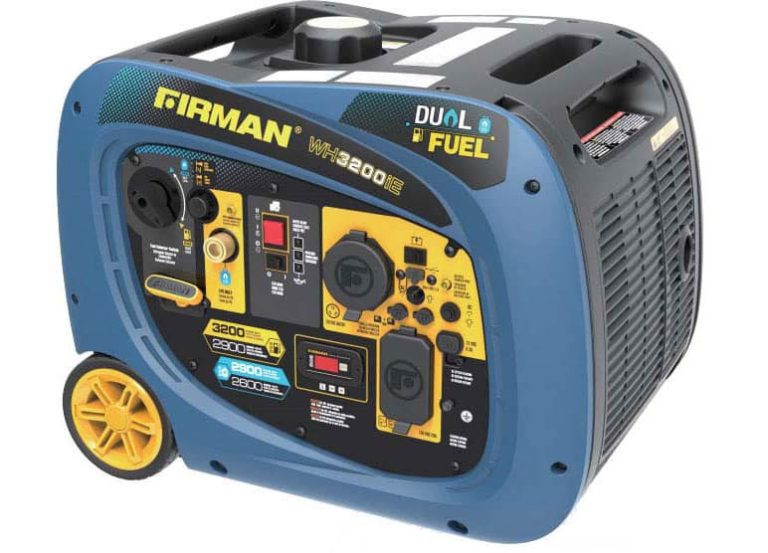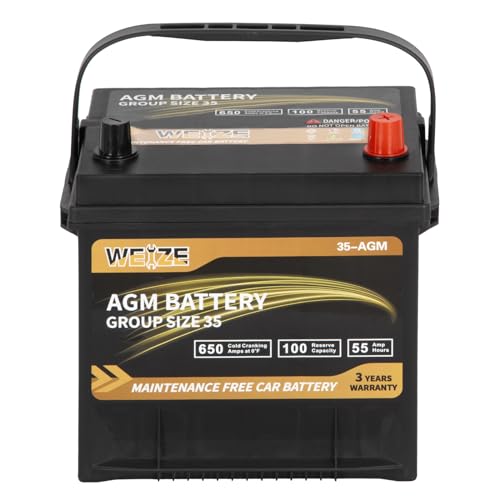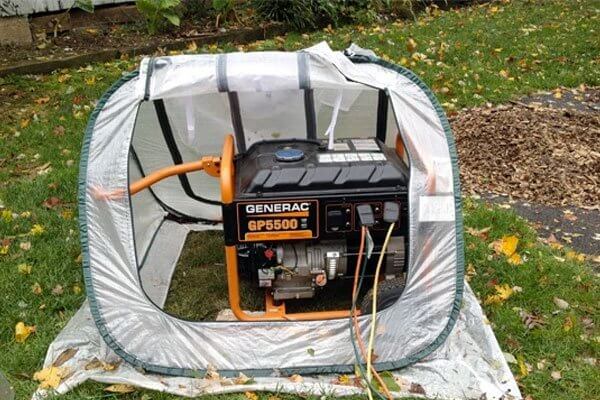Do Portable Generators Need to Be Grounded? Essential Safety Tips
Yes, portable generators need to be grounded. Grounding ensures safety and prevents electrical shock.
Portable generators are a great source of power during outages or outdoor activities. But, many people overlook the importance of grounding them. Grounding a generator means connecting it to the earth to prevent electrical hazards. Without proper grounding, you risk electrical shock or damage to the generator and connected devices.
It’s crucial to understand why and how to ground your portable generator. This guide will explain the importance of grounding and provide simple steps to ensure your generator is safe to use. Safety should always come first, especially when dealing with electricity.
What Is Grounding?
Grounding ensures electrical safety for portable generators. It prevents electrical shocks and fire hazards. Grounding a generator properly is crucial for safe operation.
Grounding is a safety measure in electrical systems. It connects electrical devices to the earth. This prevents electrical shocks and ensures safety. Let’s explore this concept further.Basic Concept
Grounding involves a direct connection to the ground. This connection helps manage stray electrical currents. It acts as a safety net. If there is a fault, the electricity flows into the ground. This prevents harm to people or devices.Electrical Safety
Grounding plays a crucial role in electrical safety. It helps avoid electrical shocks. Without grounding, excess electricity can cause injuries. It also protects electrical appliances from damage. Grounding ensures that any fault is safely diverted. This keeps your portable generator safe and reliable. “`Grounding Requirements For Portable Generators
Portable generators are essential for providing power during outages. To ensure safety, grounding is crucial. Proper grounding prevents electrical shocks and damage. Understanding the grounding requirements helps in using generators safely.
Legal Regulations
Different regions have specific grounding rules. In the U.S., the National Electrical Code (NEC) provides guidelines. These rules ensure safety and prevent hazards. Following these laws is not optional. It is mandatory to avoid fines and ensure safety.
Manufacturer Guidelines
Each generator has its own grounding instructions. Manufacturers provide these in the user manual. Always read and follow these guidelines. They ensure the safe operation of your generator. Ignoring them can lead to accidents and damage.
Risks Of Not Grounding
Using a portable generator without grounding can have serious consequences. These risks can affect both your safety and the lifespan of your equipment. Understanding these dangers can help you avoid potential hazards.
Electrical Hazards
One of the biggest risks is electrical hazards. Without proper grounding, you may experience electrical shocks. These shocks can cause serious injuries or even be fatal. Grounding creates a safe path for electricity to travel, reducing the risk of shocks.
Another hazard is the possibility of electrical fires. Unstable electrical currents can generate heat. This heat can ignite flammable materials around your generator. Proper grounding helps stabilize these currents.
Equipment Damage
Improper grounding can also lead to equipment damage. Electrical surges can harm sensitive components in your generator. This damage can be costly to repair. In some cases, it may even render the generator unusable.
Grounding your generator helps protect against power surges. It ensures that excess electricity is safely redirected. This protection extends the life of your generator and other connected devices.
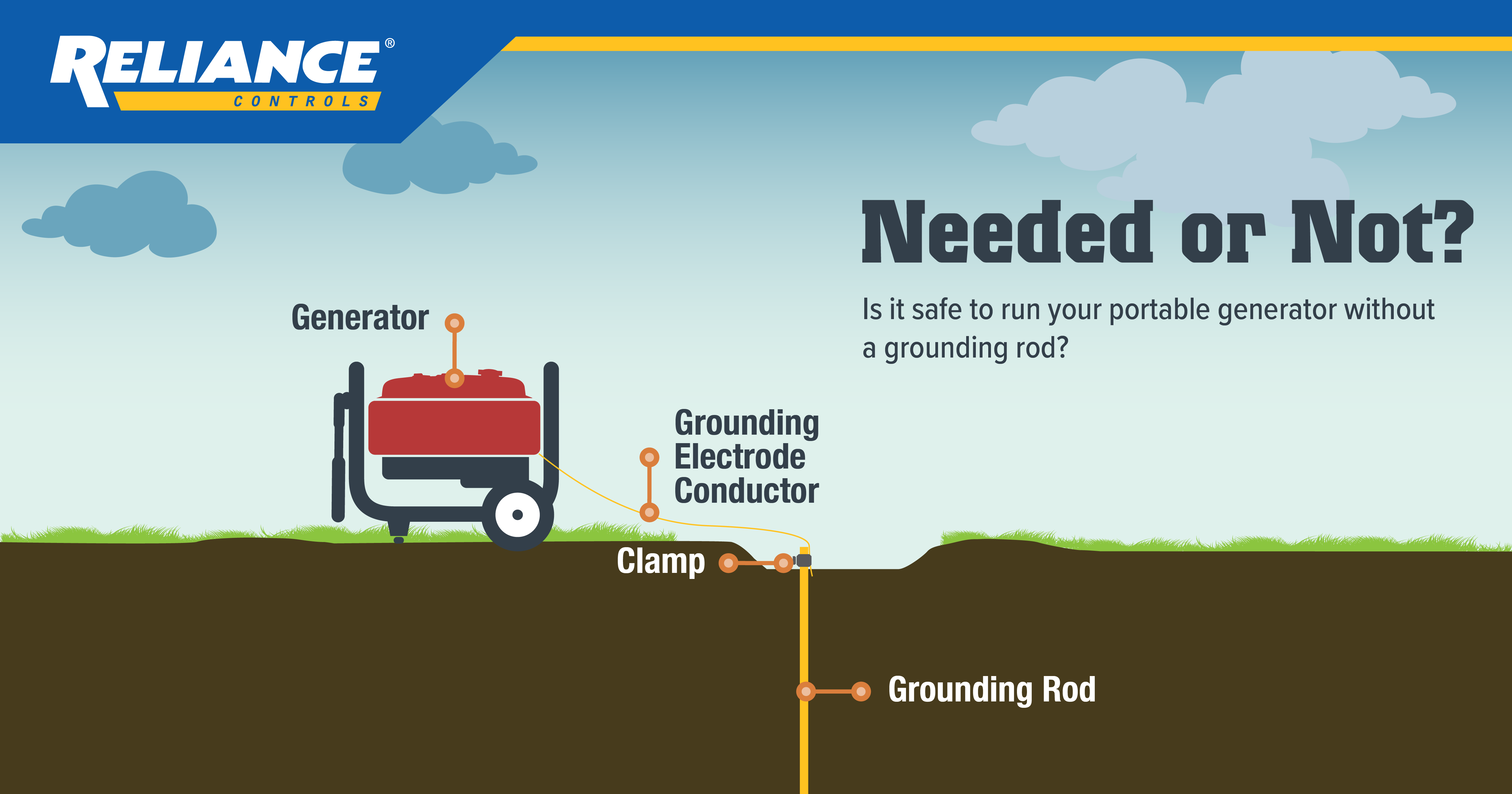
Credit: www.reliancecontrols.com
How To Ground A Portable Generator
Grounding a portable generator is crucial for safety. It helps prevent electrical shocks and ensures safe operation. Follow these simple steps to ground your generator effectively.
Necessary Tools
- Grounding rod (copper or galvanized steel)
- Hammer or mallet
- Grounding wire (copper)
- Wire strippers
- Wrench or pliers
Step-by-step Guide
1. Drive the grounding rod into the ground. Use a hammer or mallet. Ensure the rod goes at least 8 feet deep.
2. Strip the grounding wire. Remove the insulation from both ends using wire strippers.
3. Attach one end of the wire to the grounding rod. Use a clamp and secure it tightly.
4. Connect the other end to the generator. Locate the grounding bolt on your generator. Use a wrench or pliers to attach the wire.
5. Check all connections. Ensure they are tight and secure. This prevents any loose wires and ensures proper grounding.
6. Test the grounding. Use a multimeter to check the continuity between the generator and the rod. This ensures everything is connected properly.
Grounding In Different Environments
Grounding a portable generator ensures safety and prevents electrical hazards. Grounding methods may vary depending on the environment. Understanding the best practices for different settings is crucial. Let’s explore how to ground a portable generator in various environments.
Home Use
When using a portable generator at home, grounding is essential. Connect the generator to a grounding rod driven into the earth. Ensure the grounding rod is at least 8 feet deep. This setup provides a safe path for excess electricity.
Use a heavy gauge wire to link the generator and grounding rod. Make sure all connections are secure. This prevents any electrical faults that could harm your appliances.
Construction Sites
Construction sites present unique challenges for grounding. The ground may be uneven or unstable. Use a grounding rod, similar to home use. Drive the rod deep into the earth. Secure the connection with a heavy gauge wire.
Inspect the grounding setup regularly. Construction sites are busy and can disrupt the grounding system. Ensure the rod and wire remain intact. This prevents electrical shocks and keeps workers safe.
Outdoor Events
Outdoor events often require temporary setups. Grounding a generator in such environments is crucial. Place the grounding rod in a damp area for better conductivity. Connect the generator to the rod using a heavy gauge wire.
Check the grounding setup periodically during the event. Ensure the connections stay secure. This keeps your event powered safely and prevents any mishaps.

Credit: m.youtube.com
Common Myths About Grounding
Portable generators are useful tools, especially during power outages. However, there are many myths about grounding them. These myths can lead to confusion and improper usage. Let’s clear up some of these common myths.
False Assumptions
Many people believe that all portable generators must always be grounded. This is not true. Whether a generator needs grounding depends on several factors. These include the type of generator and how it is being used.
Another common myth is that grounding is only necessary for large generators. In reality, size does not determine the need for grounding. Even small portable generators might need grounding.
Clarifying Misconceptions
One misconception is that grounding is a complex process. Grounding can be simple if you follow the manufacturer’s instructions. Often, it involves connecting the generator to a grounding rod.
Another misconception is that grounding only prevents electrical shocks. While this is a key benefit, grounding also helps protect your equipment. It ensures stable operation and can prevent damage from electrical surges.
Some believe that grounding is not necessary if the generator is on a non-conductive surface. This is false. Grounding is crucial regardless of the surface the generator is on.
| Myth | Reality |
|---|---|
| All portable generators need grounding | Depends on type and usage |
| Only large generators need grounding | Size does not matter |
| Grounding is complex | Can be simple with instructions |
| Grounding only prevents shocks | Protects equipment too |
| Non-conductive surface means no grounding | Grounding still crucial |
Additional Safety Tips
Ensuring the safety of your portable generator is crucial. Grounding is important, but there are other safety measures to consider. These additional tips will help you maintain and use your generator safely.
Routine Maintenance
Regular maintenance keeps your generator in good working order. Check the oil level before each use. Replace the oil as needed. Clean or replace the air filter regularly. Inspect the spark plug and replace it if worn. Following the manufacturer’s maintenance schedule ensures the generator runs safely and efficiently.
Proper Storage
Store your generator in a dry place. Keep it away from flammable materials. Before storing, drain the fuel to prevent clogs. Use a fuel stabilizer if you must store it with fuel. Cover the generator to protect it from dust and debris. Proper storage extends the life of your generator.
Emergency Procedures
Know what to do in an emergency. Keep a fire extinguisher nearby. Ensure the area around the generator is clear. Have a plan for shutting down the generator quickly. Inform others about the emergency procedures. Being prepared can prevent accidents and save lives.
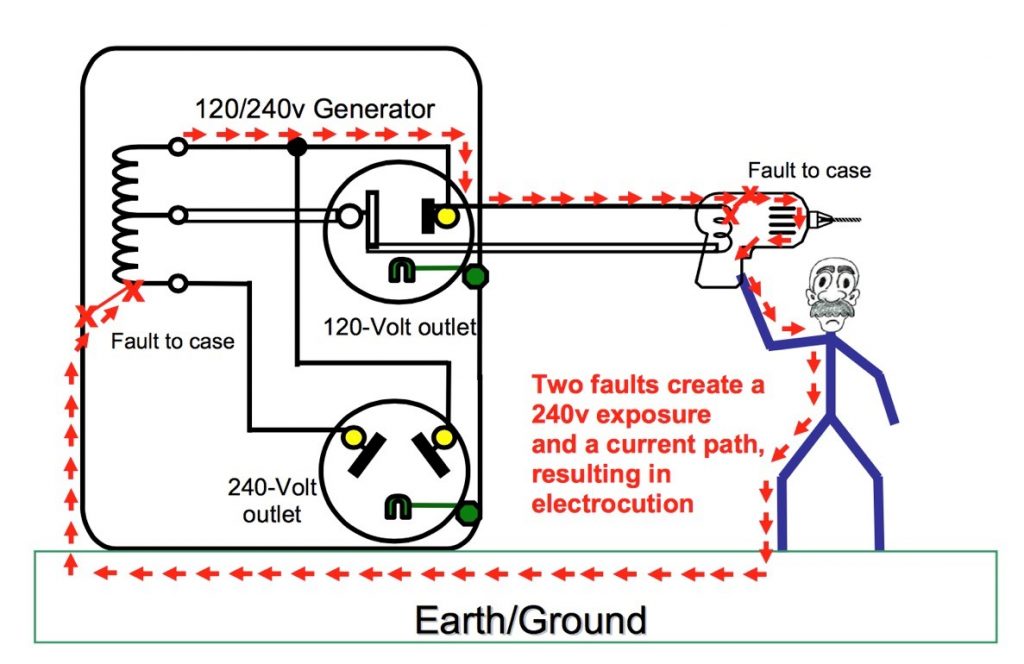
Credit: www.jadelearning.com
Frequently Asked Questions
Do Portable Generators Need Grounding?
Yes, portable generators need grounding. Grounding ensures safety by preventing electrical shocks. Always follow the manufacturer’s instructions.
How Do You Ground A Portable Generator?
Ground a portable generator by connecting it to a grounding rod. Use a copper wire for the connection. Follow safety guidelines.
What Happens If A Generator Is Not Grounded?
If a generator is not grounded, it can cause electric shocks. It may also damage connected appliances. Grounding ensures safety.
Can I Use A Portable Generator Without Grounding?
Using a portable generator without grounding is not recommended. It can be dangerous. Always ground your generator to ensure safety.
Conclusion
Grounding portable generators is vital for safety. It prevents electrical shocks. Always check the manufacturer’s guidelines. Follow local regulations for grounding. Use the right equipment and methods. Ensure a safe setup every time. Proper grounding protects your family and devices.
Don’t skip this crucial step. Safety should always come first. Enjoy peace of mind with a well-grounded generator. Stay informed, stay safe.


